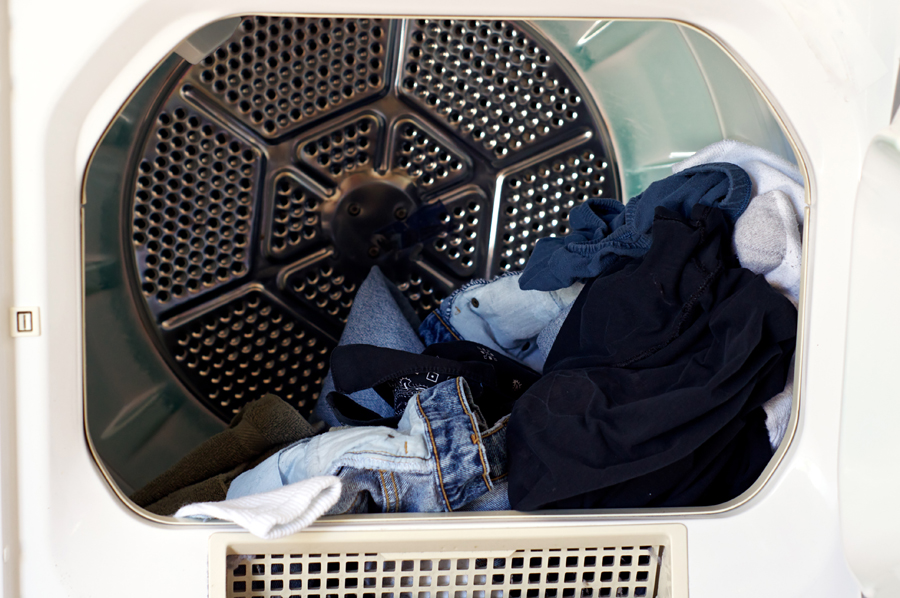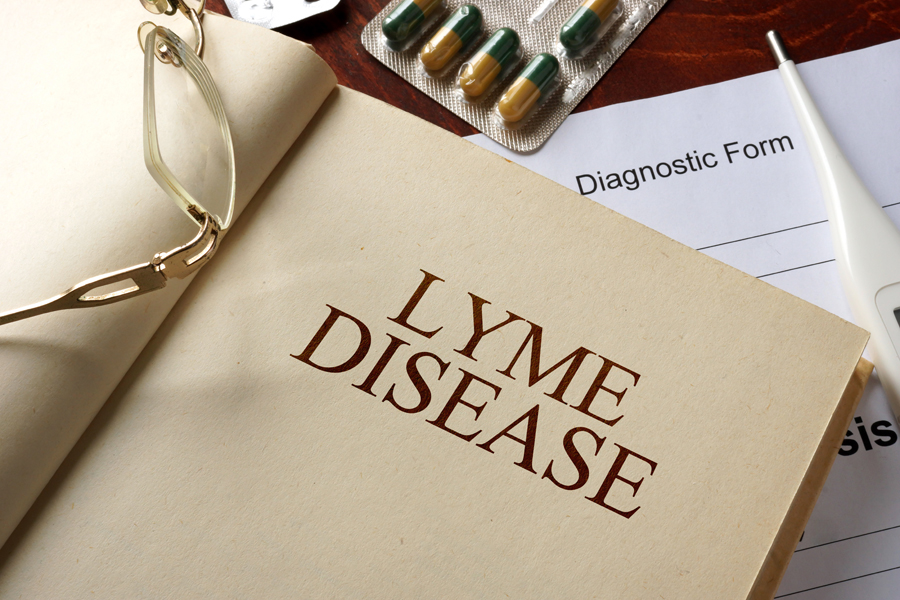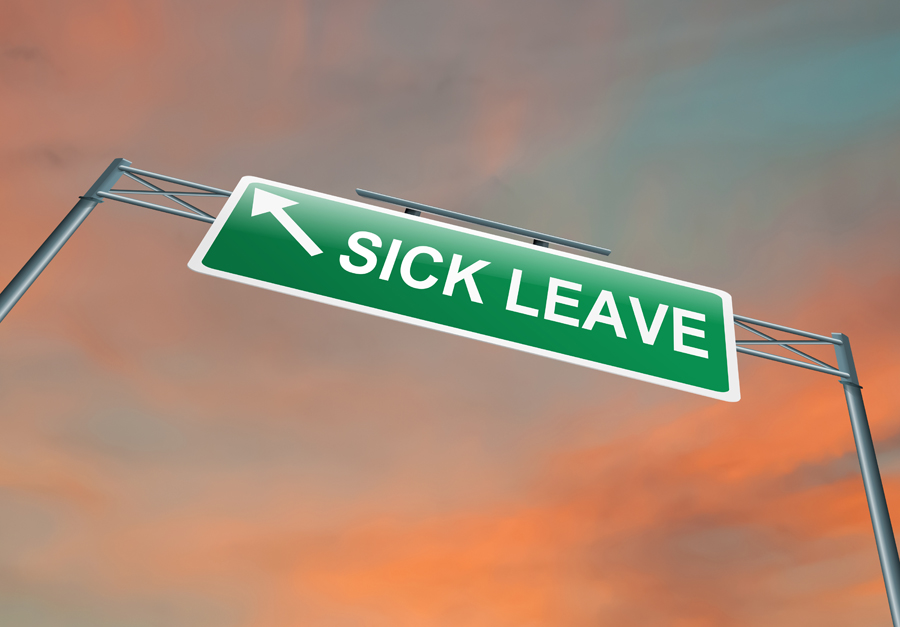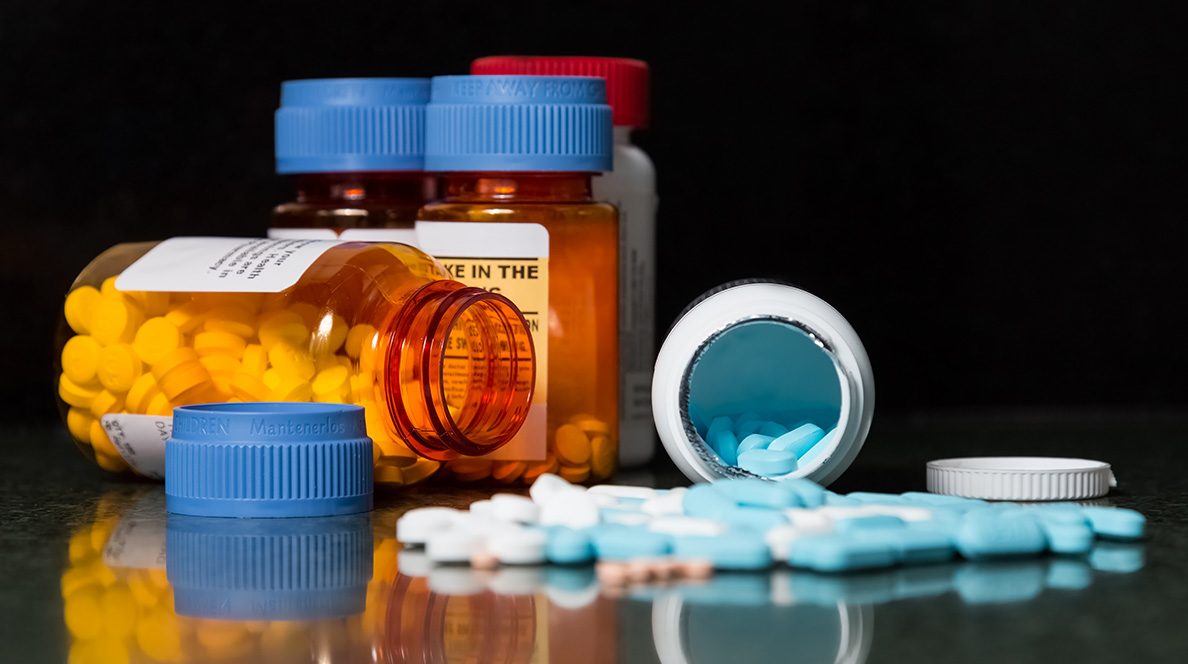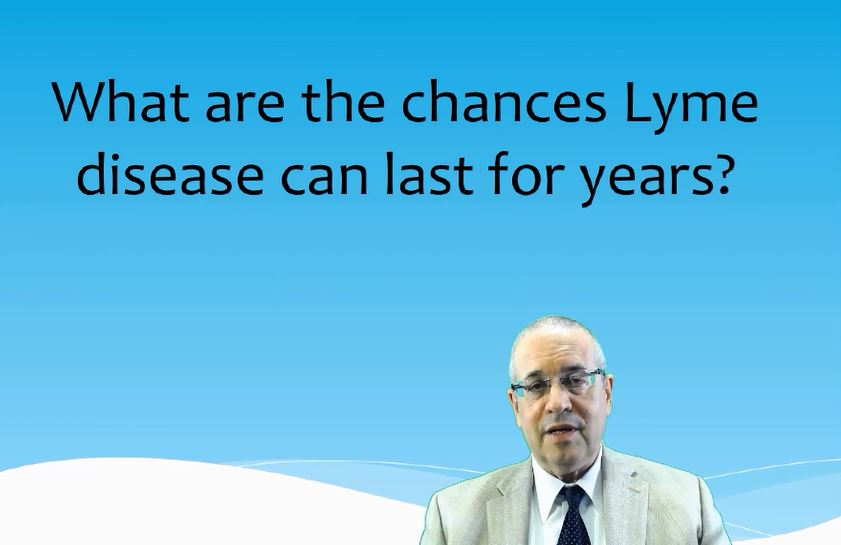How to kill a tick on your clothes
In 2013, a 16-year-old high school student from Braintree, Massachusetts wondered how long it would take to actually kill a tick in a dryer. The Centers for Disease Control and Prevention (CDC) had long insisted that it took at least one hour on high heat in a dryer to successfully kill ticks. But their recommendation was only based on one published study.
Watch and wait approach does not work for Lyme disease
There are doctors who do not treat Lyme disease (LD) longer than three weeks. Patients who remain ill are informed that they suffer from Post-Treatment Lyme Disease Syndrome (PTLDS). PTLDS is described as: "persistent symptoms, defined by either fatigue, musculoskeletal pain in at least three areas of the body, and/or cognitive complaints of difficulty finding words, focusing, concentrating or memory impairment and functional impairment on a Short Form (36) Health Survey (SF-36)." [1]
Sweats may be a sign of Babesia
Sweats have been reported in patients with Babesia. [1] This finding is no surprise given that Babesia is related to Malaria, a vector-borne disease, well-known to cause sweats. Nearly half (46%) of the patients in a New England study, who presented with a combination of Babesia and Lyme disease (LD), reported having sweats. [2]
Diversity of Borrelia burgdorferi strains may explain treatment failures
Researchers have struggled to understand why 1 out of 3 Lyme disease (LD) patients remain ill on follow-up despite treatment. [1-3] Strain virulence, [4-11] treatment delays, [12-14] exposure to steroids, [12,15] and the presence of co-infections [16] have all been implicated as possible reasons for treatment failures.
Even more evidence of Lyme disease in the South
Ticks capable of transmitting the bacteria which causes Lyme disease (LD) are now present in almost half of all the counties in the continental United States. Blacklegged (or deer) ticks have been found in 1,420 of the 3,110 counties in the U.S. (or about 46%), according to researchers from the Centers for Disease Control and Prevention (CDC). [1]
Lyme disease can cost billions
The cost of Lyme Disease (LD) can be significant for patients with acute LD. The average cost of early LD was $1,310 based on data collected between 1997 and 2000 from patients living in five counties along the eastern shore of Maryland -- an area endemic for LD. [1]
How long has Lyme disease been around?
Ever wonder how long Lyme disease has been around? Well, scientists now know that ticks were present millions of years ago and that the Borrelia spirochete has been infecting humans for thousands of years. We also now know that a single tick can harbor multiple infectious agents and thus have the ability to transmit various diseases, including Lyme disease.
Video Blog: MOST CHILDREN WITH POSITIVE IGM IMMUNOBLOT FOR LYME DISEASE ARE TRULY POSITIVE
Approximately 25% of all patients with Lyme disease (LD) in the U.S. are children, with the highest number of cases occurring among boys ages 5 to 9, according to the Centers for Disease Control and Prevention (CDC). Diagnosing children and adolescents with tick-borne illnesses can be particularly challenging for various reasons, one of which includes the nonspecific presentation of LD within this age group.
Researchers identify novel drug combinations to combat Lyme persister cells
There continues to be treatment failures of Lyme disease (LD) in some patients despite the use of various antibiotic therapies. Researchers from Johns Hopkins University recently published findings from in vitro studies that suggest novel treatment approaches, including multiple drug combinations, may be effective in treating lingering symptoms of LD. [1, 2]
Video Blog: Sick for years with Post-Treatment Lyme Disease Syndrome
A recent study by Weitzner, Visintainer and Wormser, entitled "Comparison of males versus females with culture-confirmed early Lyme disease at presentation and at 11-20 years after diagnosis," concluded that males and females with "culture-confirmed early Lyme disease had similar clinical features, rates of seropositivity and long-term outcomes."



